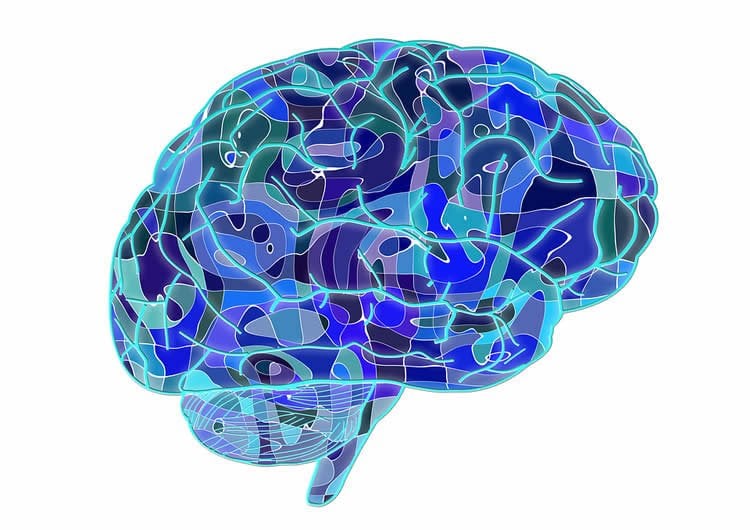Summary: A new study offers insights into how we recall information and point to factors that may disrupt certain types of memories.
Source: New York University.
To remember events in the order they occur, the brain’s neurons function in a coordinated way that is akin to a symphony, a team of New York University scientists has found. Their findings offer new insights into how we recall information and point to factors that may disrupt certain types of memories.
“The findings enhance our understanding of how the brain keeps track of what happened and when it happened relative to other events,” explains Lila Davachi, associate professor in NYU’s Department of Psychology and Center for Neural Science and the study’s senior author. “We’ve known for some time that neurons increase their activity when we encode memories. What our study shows is there’s a rhythm to how they fire in relation to one another–much like different instruments in a symphony orchestra.”
The study’s first author was Andrew Heusser, a doctoral candidate in NYU’s Department of Psychology. Its collaborators were David Poeppel, a professor in NYU’s Department of Psychology and Center for Neural Science, and Youssef Ezzyat, also a doctoral candidate in NYU’s Department of Psychology at the time of the research and now a postdoctoral fellow at the University of Pennsylvania.
The research, which appears in the journal Nature Neuroscience, sought to determine the validity of a long-standing hypothesis, proposed in 1995 by neuroscientists John Lisman and Marco Idiart, which outlines how the order of memories is encoded. The “theta-gamma phase coding” model states that when our brains create a memory for a specific event, our neurons oscillate in a coordinated fashion, with cells firing at high (gamma) frequencies. To encode the order of multiple events, cells representing each event fire in a sequence that is coordinated by a lower (theta) frequency brain rhythm.
To test this, the scientists had the study’s participants view a series of six objects (e.g., a butterfly, headphones, etc.), one at a time, on a computer screen. During the experiment, researchers examined the subjects’ neural activity using magnetoencephalography (MEG), which captures measurements of the tiny magnetic fields generated by the brain.
Later, they asked subjects to recall the order of the objects they viewed.
In their analysis, the researchers examined the neuronal activity of the subjects when they first viewed the objects, then matched it to the results of the recall test.

Their data showed notable differences in the patterns of neural activity when the order of the objects was correctly encoded compared to when it was not.
Specifically, when the order of the objects was correctly encoded, the gamma activity associated with each object was temporally ordered along a slower theta oscillation so that the gamma activity for object 1 preceded that for object 2 and so on. By contrast, when subjects incorrectly recalled the order in which the objects were presented, gamma activity was just as high–but there was no discernible pattern.
“When particular oscillations are in step with each other, we remember the order,” Davachi observes. “But when they are not, we don’t.”
Funding: The research was supported by a grant from the National Institute of Mental Health (RO1-MH074692).
Source: James Devitt – New York University
Image Source: This NeuroscienceNews.com image is in the public domain.
Original Research: Abstract for “Episodic sequence memory is supported by a theta–gamma phase code” by Andrew C Heusser, David Poeppel, Youssef Ezzyat and Lila Davachi in Nature Neuroscience. Published online August 29 2016 doi:10.1038/nn.4374
[cbtabs][cbtab title=”MLA”]New York University. “To Remember Events in Order, We Rely on the Brain’s ‘Symphony’.” NeuroscienceNews. NeuroscienceNews, 29 August 2016.
<https://neurosciencenews.com/event-order-recall-neuroscience-4927/>.[/cbtab][cbtab title=”APA”]New York University. (2016, August 29). To Remember Events in Order, We Rely on the Brain’s ‘Symphony’. NeuroscienceNews. Retrieved August 29, 2016 from https://neurosciencenews.com/event-order-recall-neuroscience-4927/[/cbtab][cbtab title=”Chicago”]New York University. “To Remember Events in Order, We Rely on the Brain’s ‘Symphony’.” https://neurosciencenews.com/event-order-recall-neuroscience-4927/ (accessed August 29, 2016).[/cbtab][/cbtabs]
Abstract
Episodic sequence memory is supported by a theta–gamma phase code
The meaning we derive from our experiences is not a simple static extraction of the elements but is largely based on the order in which those elements occur. Models propose that sequence encoding is supported by interactions between high- and low-frequency oscillations, such that elements within an experience are represented by neural cell assemblies firing at higher frequencies (gamma) and sequential order is encoded by the specific timing of firing with respect to a lower frequency oscillation (theta). During episodic sequence memory formation in humans, we provide evidence that items in different sequence positions exhibit greater gamma power along distinct phases of a theta oscillation. Furthermore, this segregation is related to successful temporal order memory. Our results provide compelling evidence that memory for order, a core component of an episodic memory, capitalizes on the ubiquitous physiological mechanism of theta–gamma phase–amplitude coupling.
“Episodic sequence memory is supported by a theta–gamma phase code” by Andrew C Heusser, David Poeppel, Youssef Ezzyat and Lila Davachi in Nature Neuroscience. Published online August 29 2016 doi:10.1038/nn.4374






